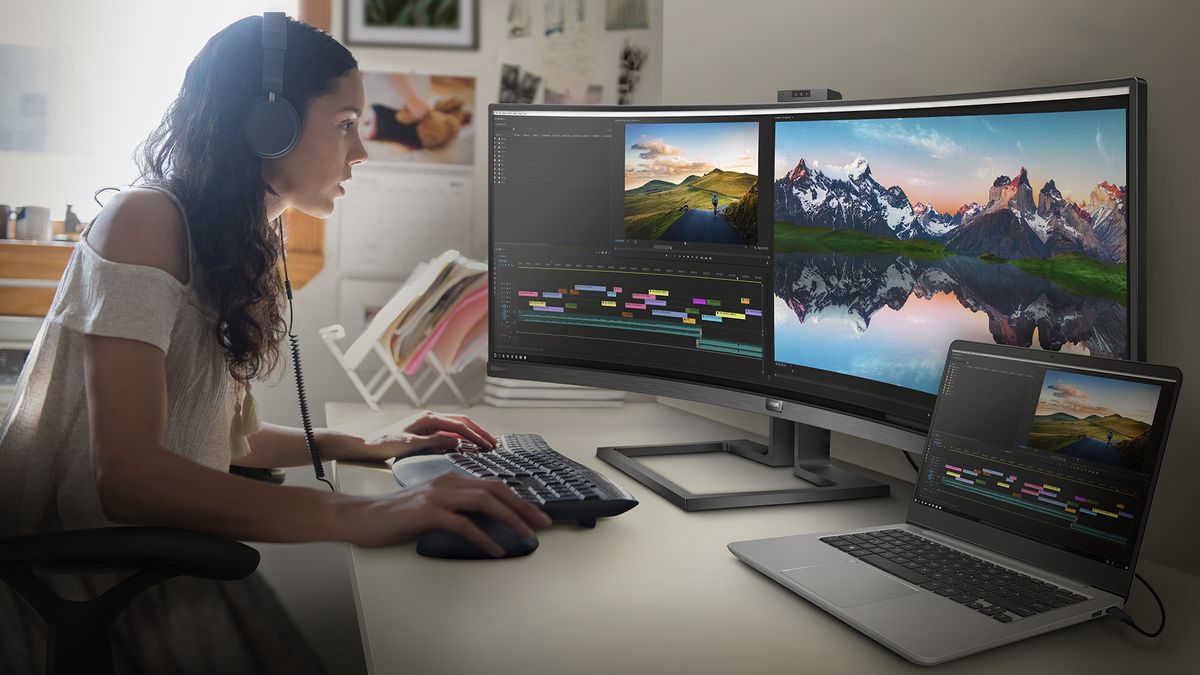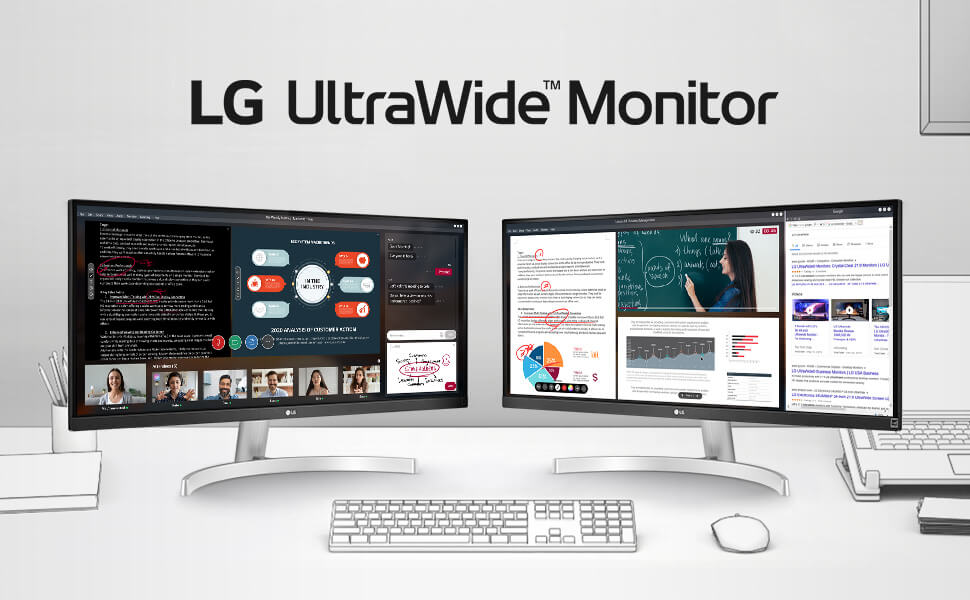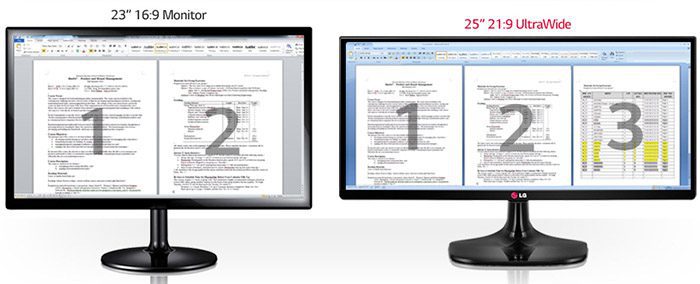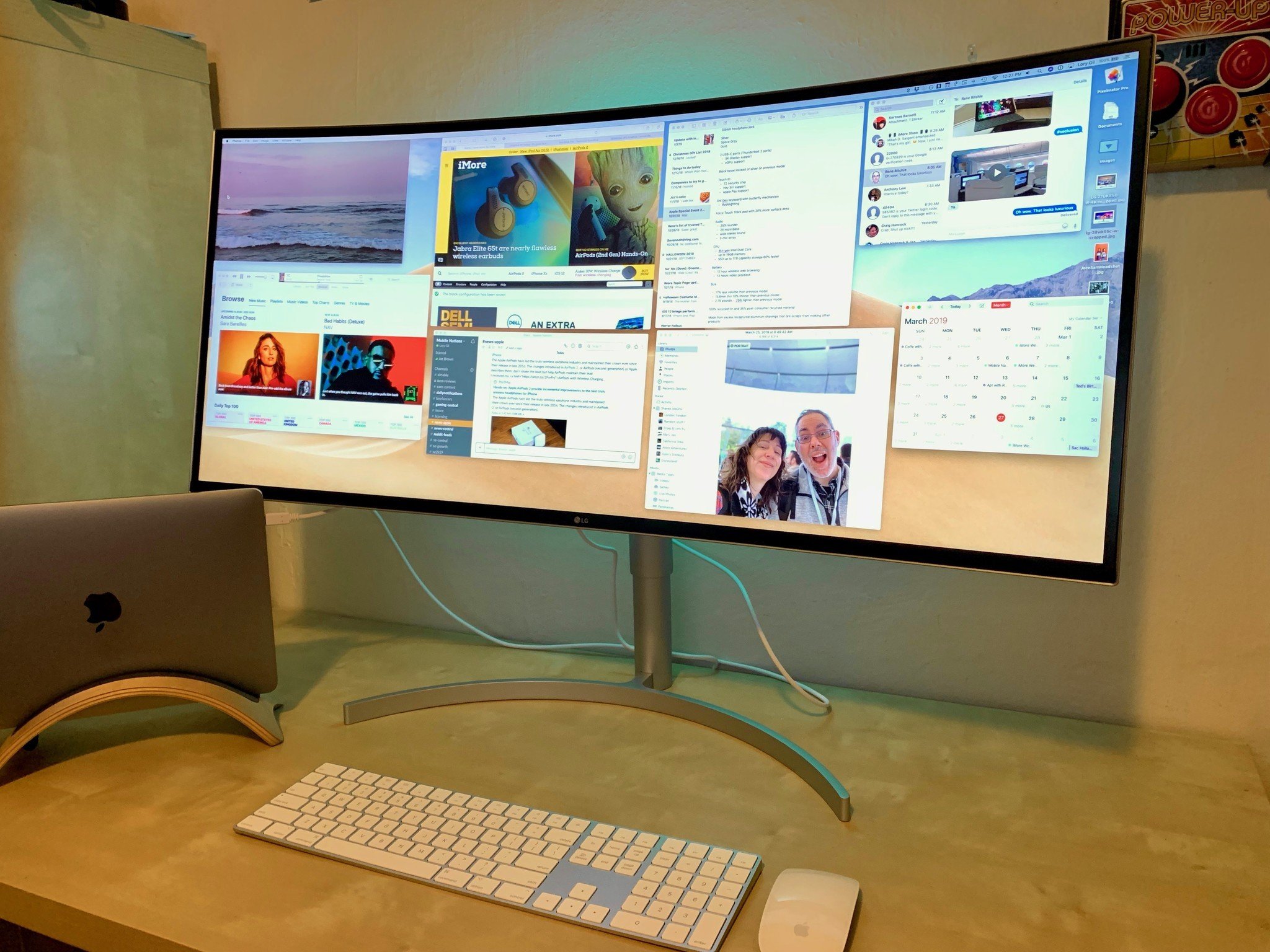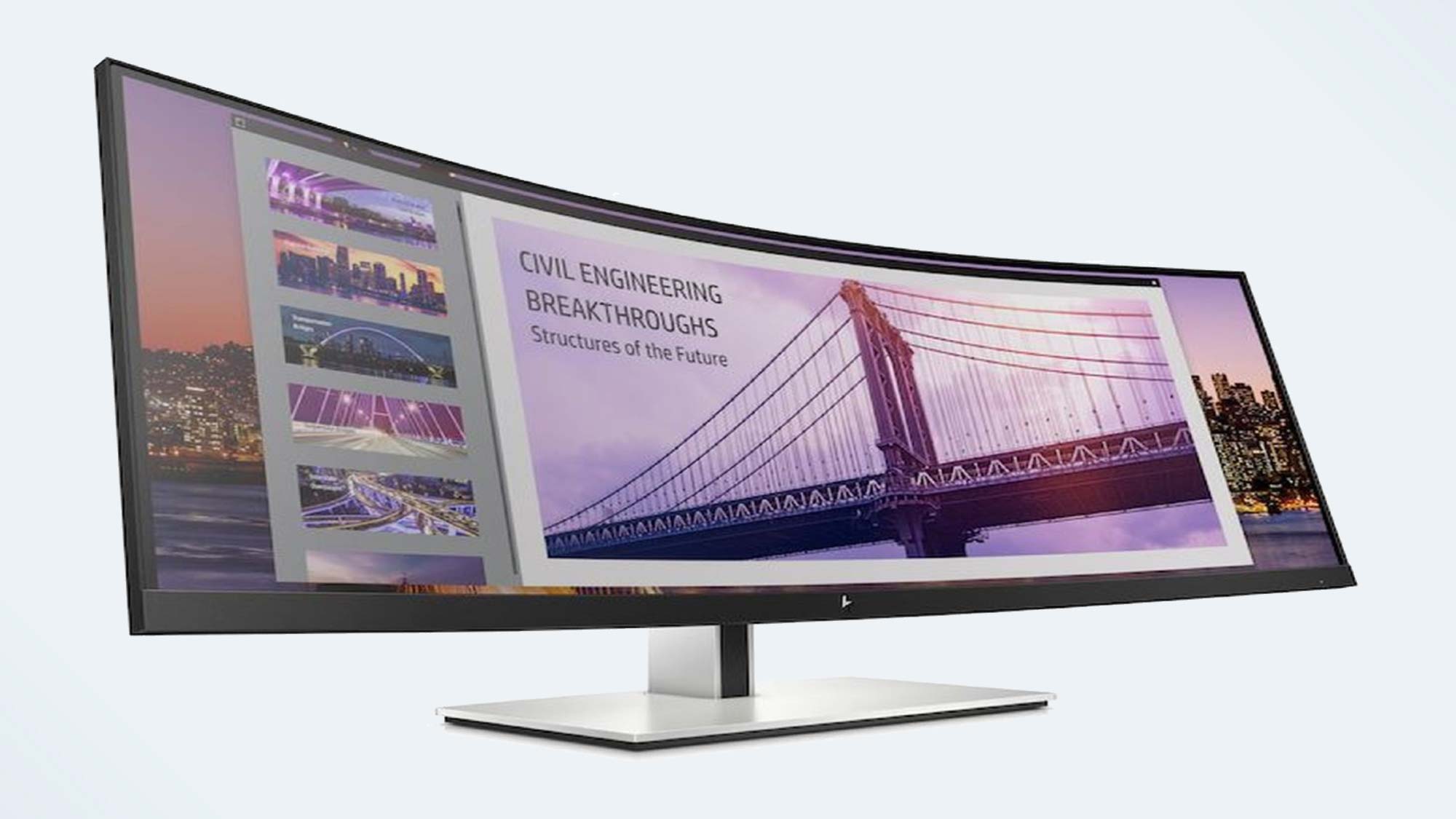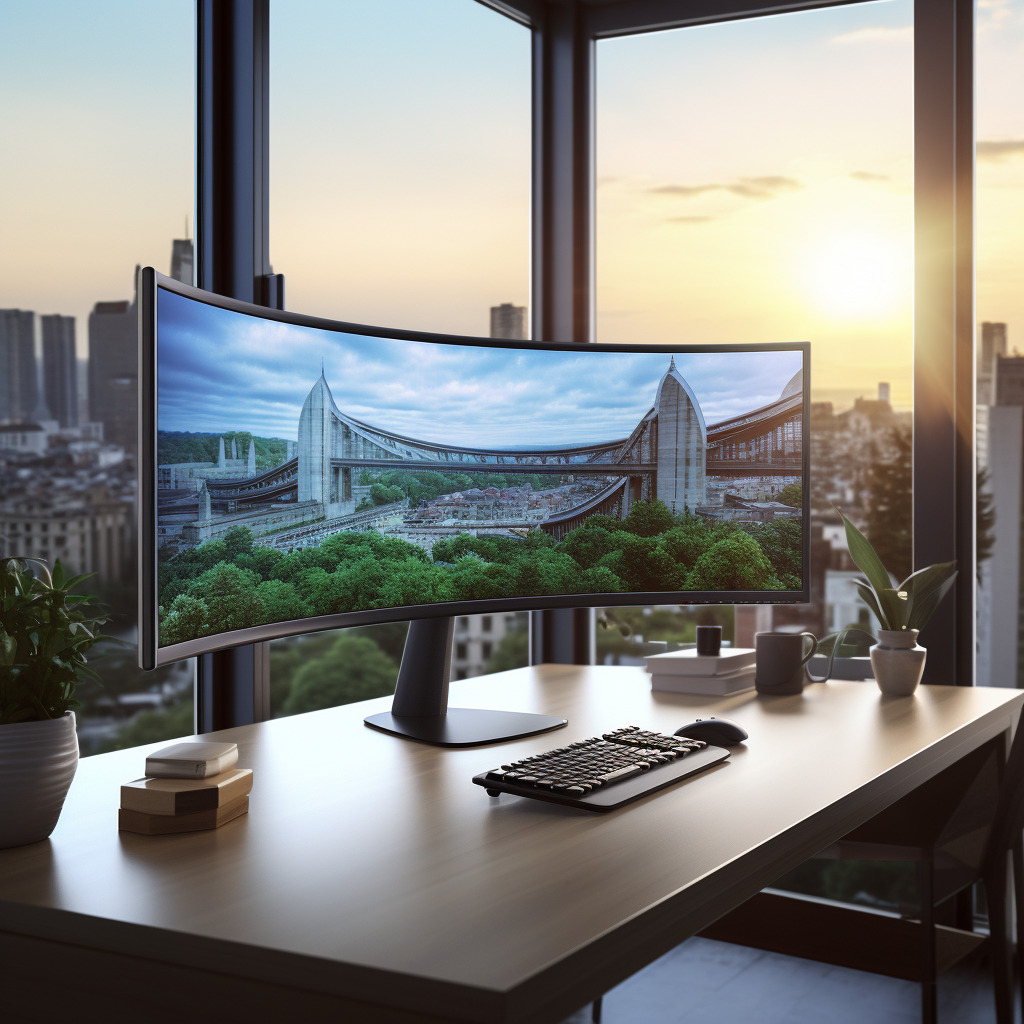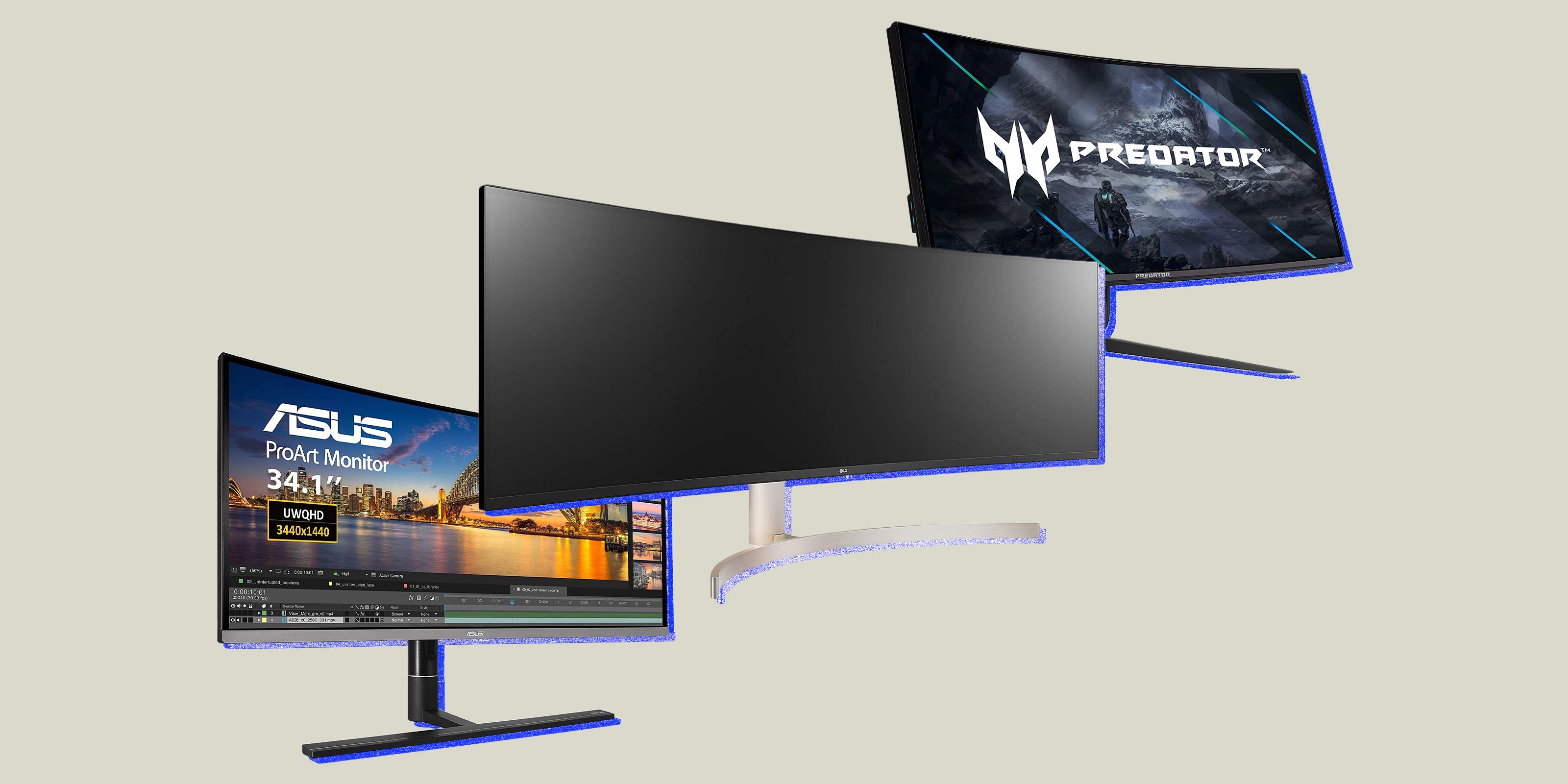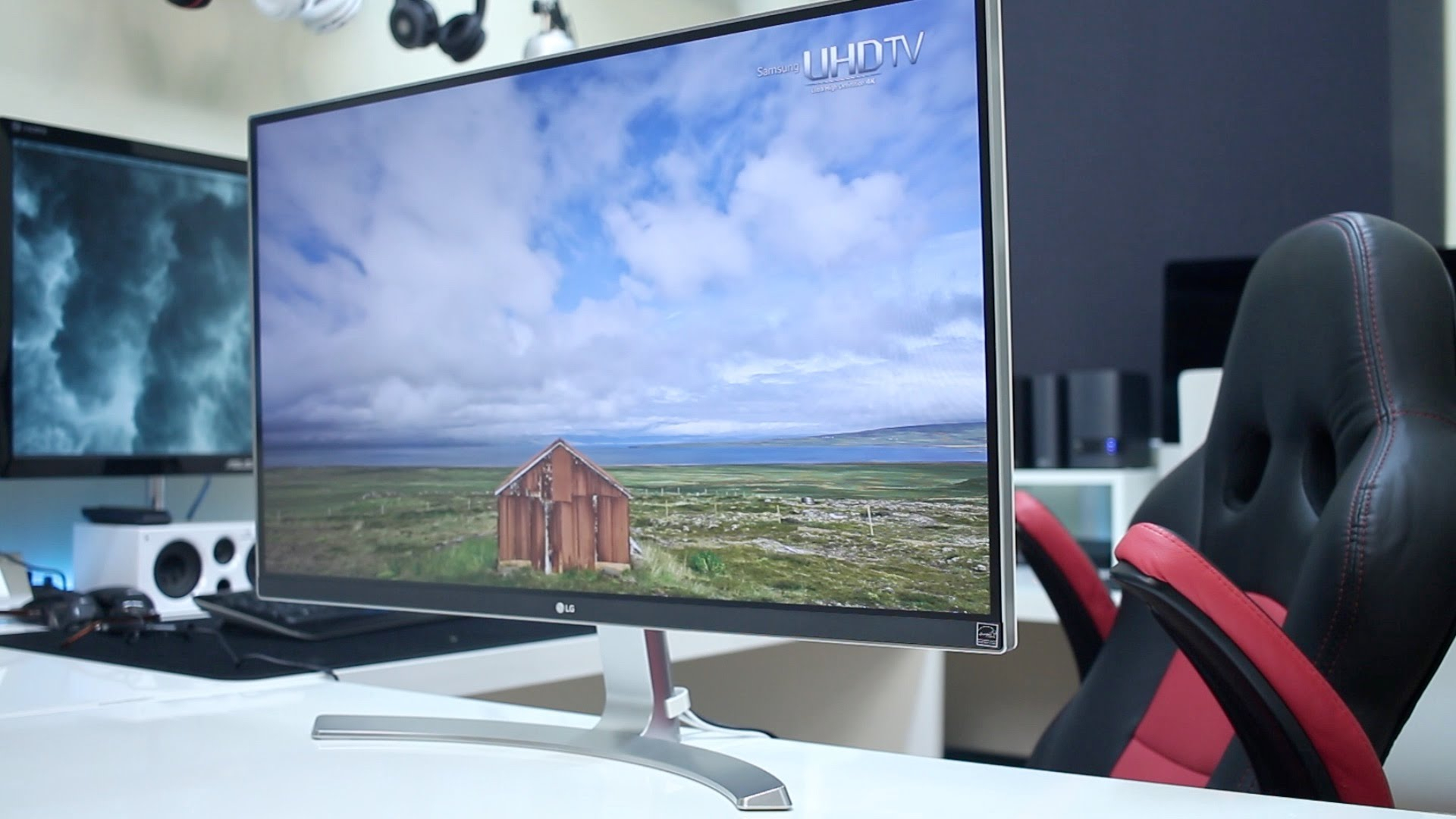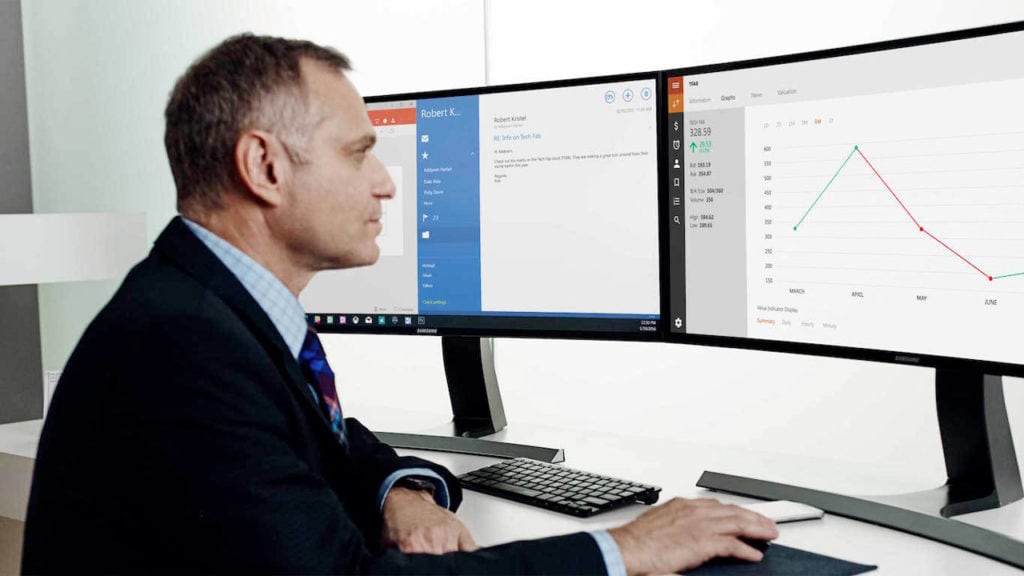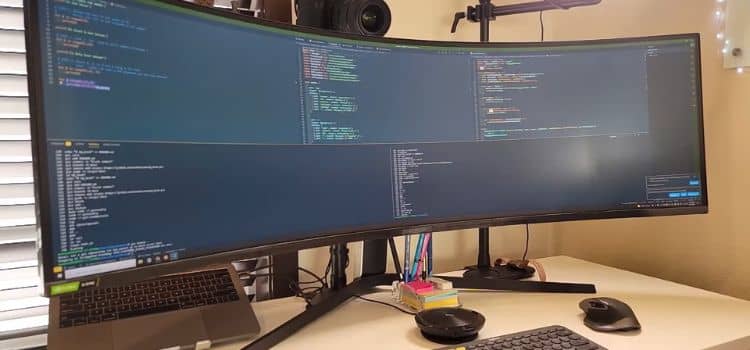Are Curved Monitors Good For Excel

The spreadsheet. A seemingly simple grid, yet a foundational tool for businesses and individuals alike. But in an era of rapidly evolving technology, the question arises: can a curved monitor improve the experience of working within the vast digital landscape of Excel?
The shift towards curved monitors, initially marketed for gaming and immersive entertainment, has sparked debate about their suitability for professional tasks. Are these curved displays merely a gimmick for productivity applications like Excel, or do they offer tangible benefits for users spending hours poring over data?
The Nut Graf: Weighing the Pros and Cons
This article delves into the debate surrounding curved monitors for Excel users, examining the potential advantages such as enhanced immersion and reduced eye strain against potential drawbacks like distortion and cost. By exploring the experiences of professionals, and available research, we aim to provide a balanced perspective to help you decide whether a curved monitor is the right tool for your spreadsheet-heavy workflow.
Immersion and Field of View
One of the primary arguments in favor of curved monitors is their enhanced sense of immersion. The curvature is designed to more closely match the natural curve of the human eye, potentially leading to a more comfortable viewing experience, especially on ultrawide models.
This wider field of view can allow Excel users to see more columns and rows at once, reducing the need for constant scrolling. Less scrolling can translate into a more efficient workflow and reduced mental fatigue.
Reduced Eye Strain and Ergonomics
Proponents also suggest that curved monitors can reduce eye strain. The consistent viewing distance across the screen is supposed to minimize the amount of focusing the eyes have to do, potentially easing fatigue during long work sessions.
Some studies, although limited in scope, have indicated that curved monitors can lead to a decrease in perceived eye strain compared to flat monitors. However, the effect may vary depending on individual factors like screen size, viewing distance, and ambient lighting.
Potential Distortions and Software Compatibility
Despite the potential benefits, curved monitors also come with potential drawbacks. The curvature can introduce distortions, particularly when working with straight lines and grids, which are fundamental to Excel.
While most modern software adapts well to curved screens, some legacy systems or specific add-ins may not display correctly, leading to visual anomalies. This could be a significant concern for professionals who rely on specialized Excel tools.
Cost Considerations
Curved monitors generally come at a higher price point than flat monitors of comparable size and resolution. This additional cost must be weighed against the potential productivity gains and health benefits. Budget is an important factor.
For some users, the benefits of a curved monitor may not justify the premium price, especially if their Excel use is relatively infrequent or undemanding. However, those who spend many hours working with spreadsheets might find the investment worthwhile.
Expert Opinions and User Experiences
Online forums and tech review sites offer a mixed bag of opinions. Some users report a significant improvement in their workflow and comfort, praising the immersive experience and reduced eye strain. Others find the distortion distracting and prefer the accuracy of a flat display. The consensus is elusive.
Independent technology reviewers often highlight the advantages of curved monitors for gaming and multimedia consumption, but are more cautious when assessing their suitability for productivity tasks. Many emphasize the importance of personal preference and individual use cases.
The Future of Curved Displays in the Workplace
As technology advances, the limitations of current curved monitors are likely to diminish. Improved curvature designs and software optimization could minimize distortion and enhance compatibility. It is expected that better optimization will make curved monitors more mainstream.
Furthermore, the growing awareness of ergonomic design in the workplace may drive greater adoption of curved monitors, particularly for professionals who spend extended periods working with computers. This could also push prices down.
Conclusion: A Matter of Personal Preference and Needs
Ultimately, the suitability of a curved monitor for Excel use is a matter of personal preference and individual needs. While the potential benefits of enhanced immersion, reduced eye strain, and a wider field of view are appealing, the potential drawbacks of distortion and cost must also be carefully considered. Try before you buy is an essential tip.
Before making a decision, it's recommended to test a curved monitor in person, ideally with your typical Excel workflow. By doing so, you can determine whether the advantages outweigh the disadvantages and whether a curved display is the right tool to enhance your spreadsheet experience.
